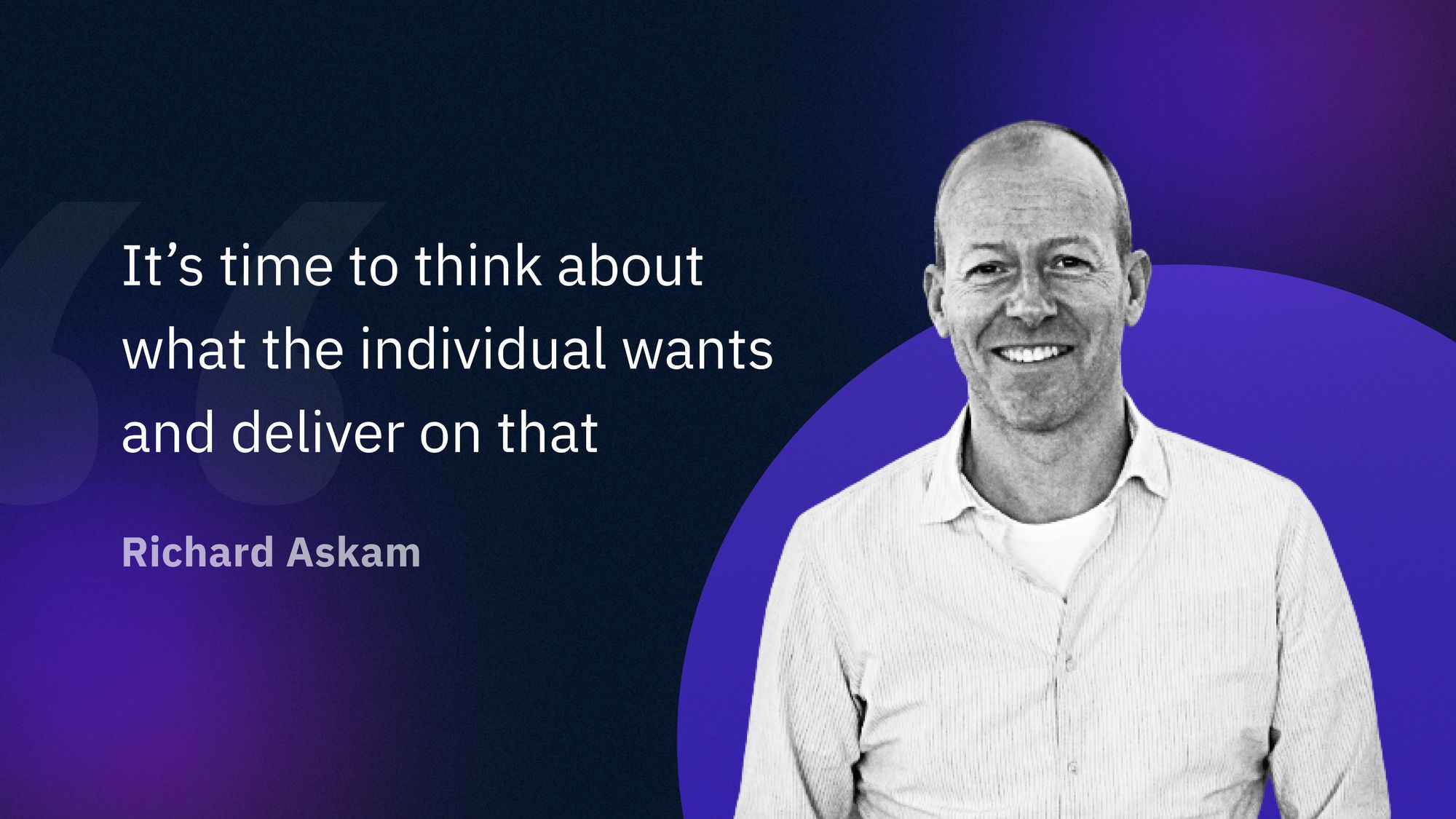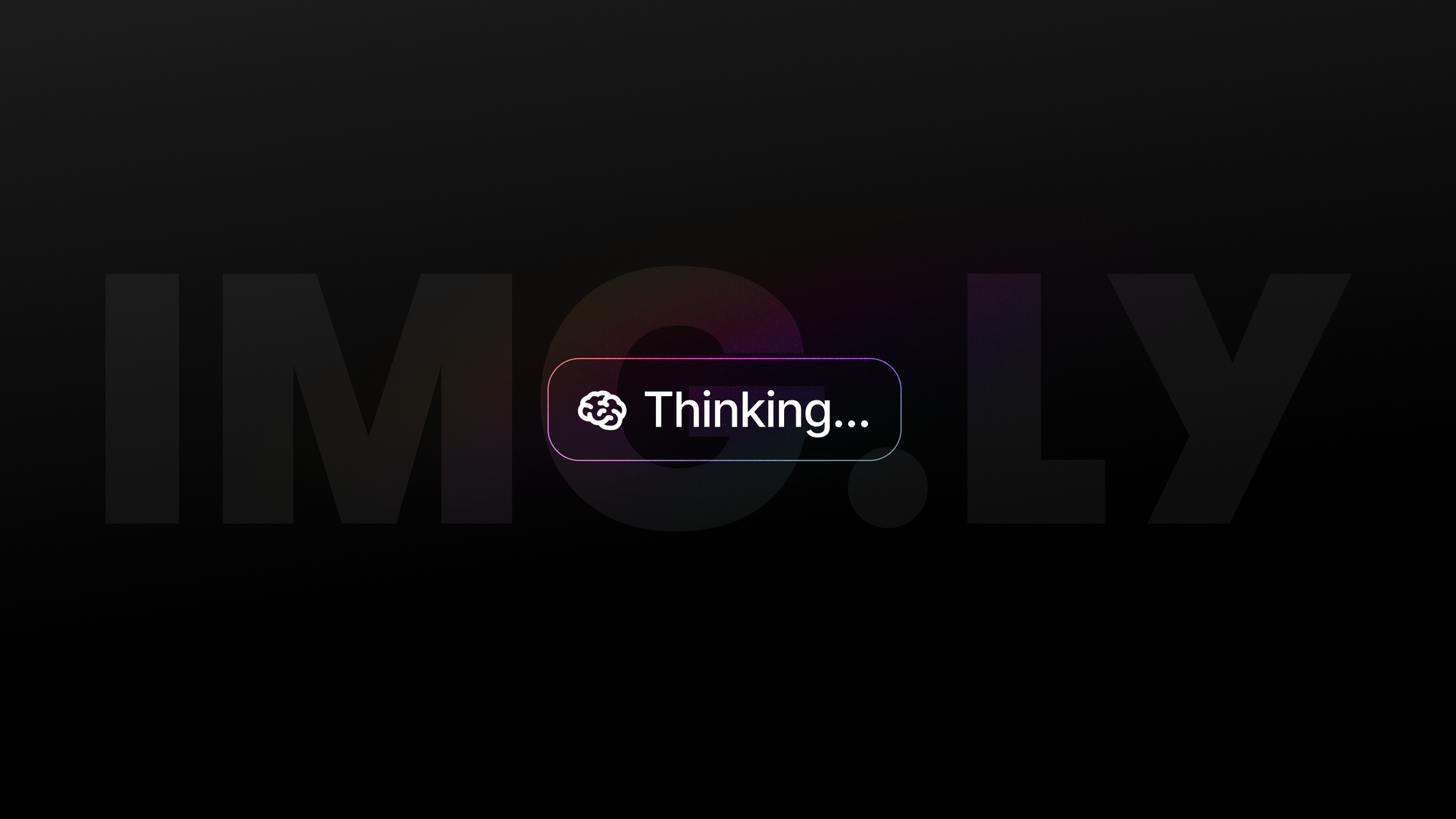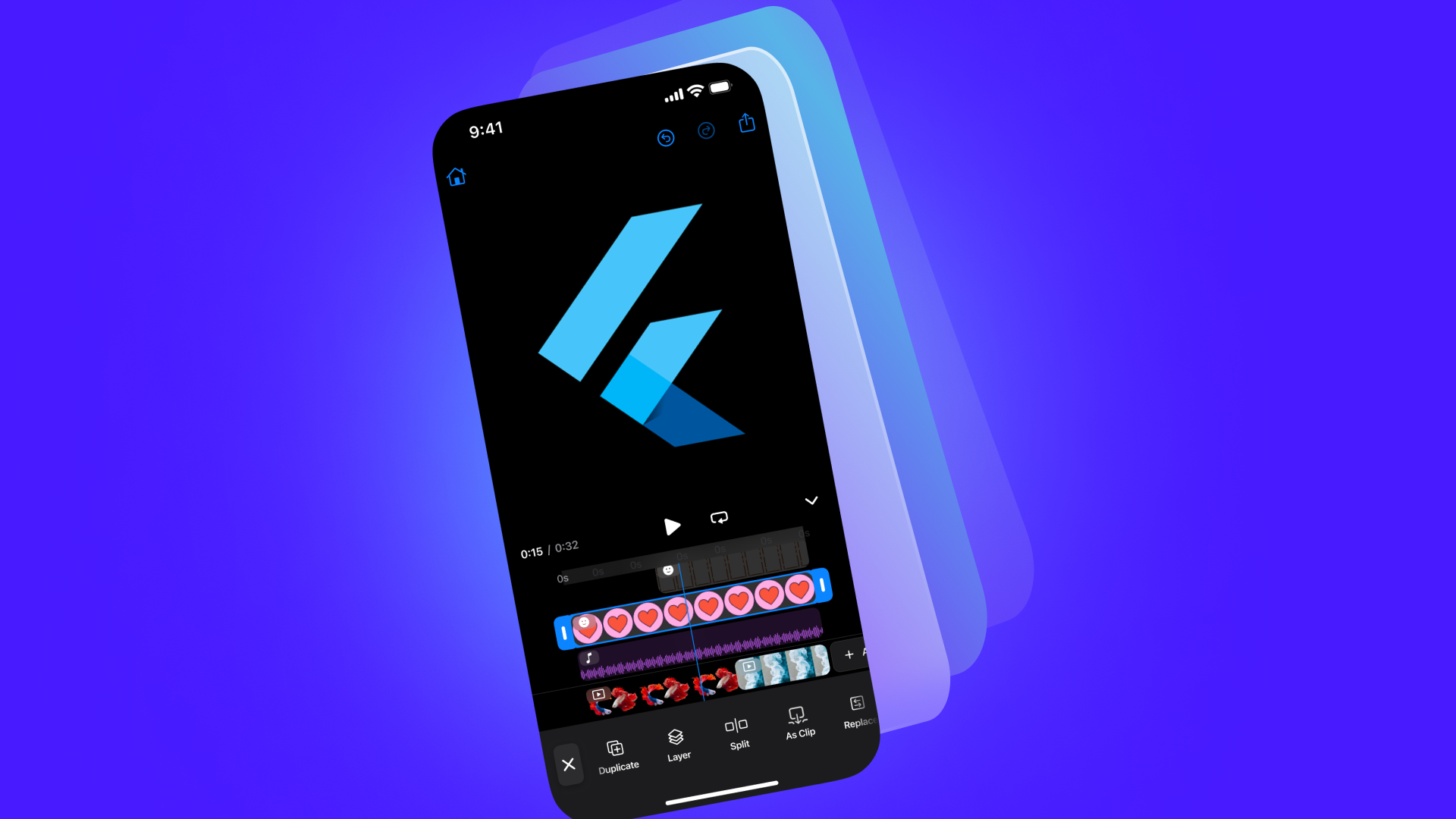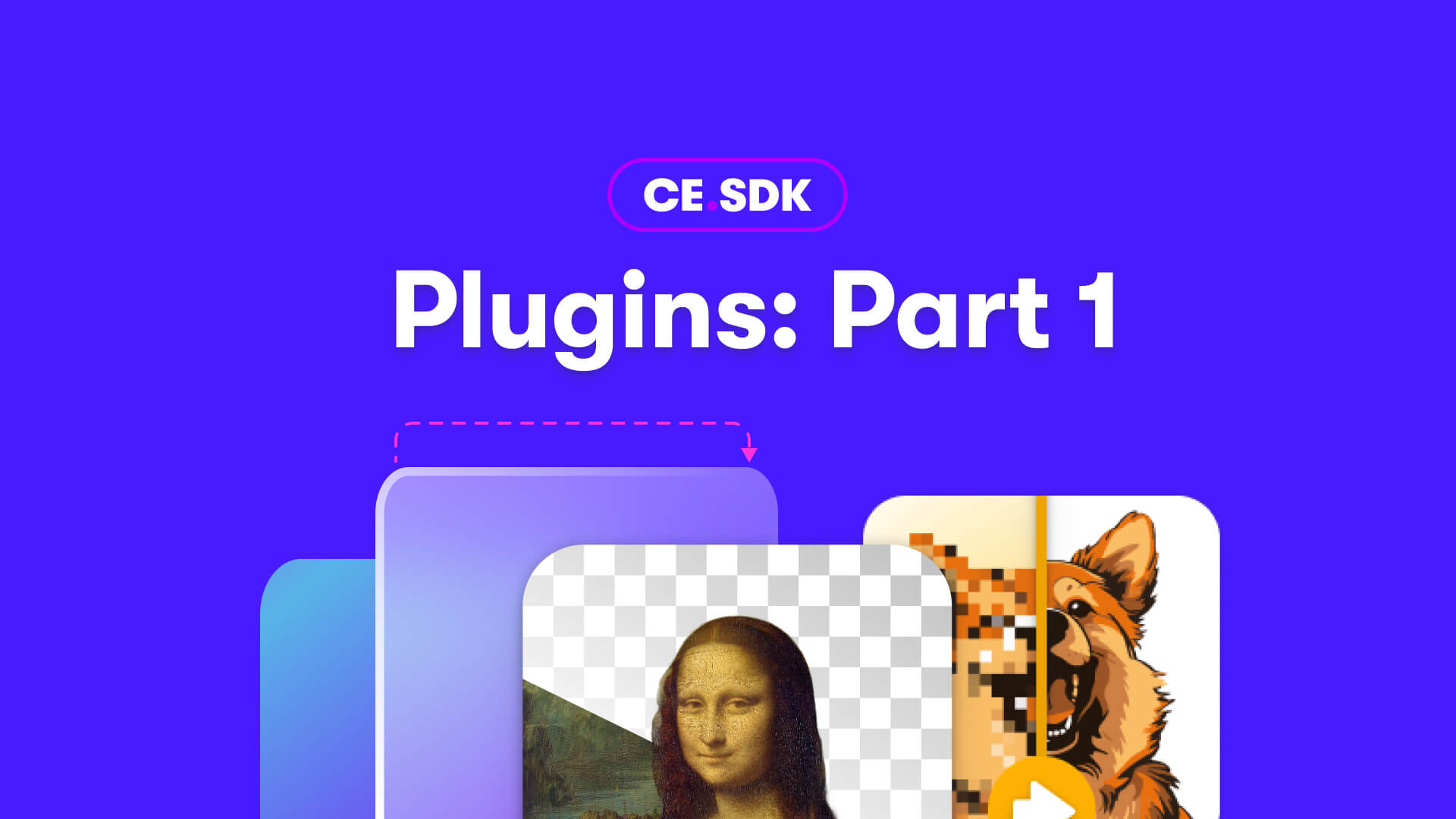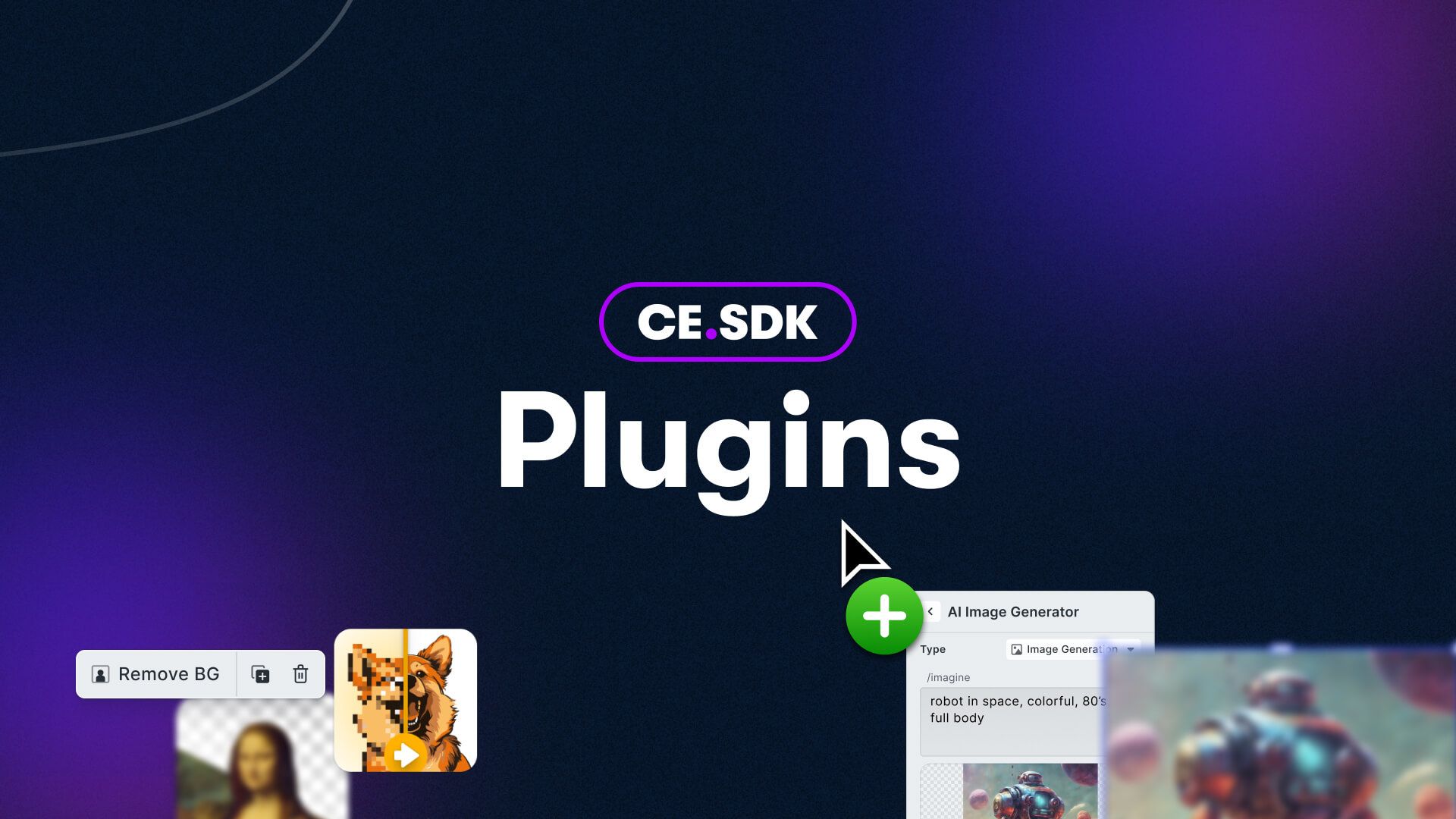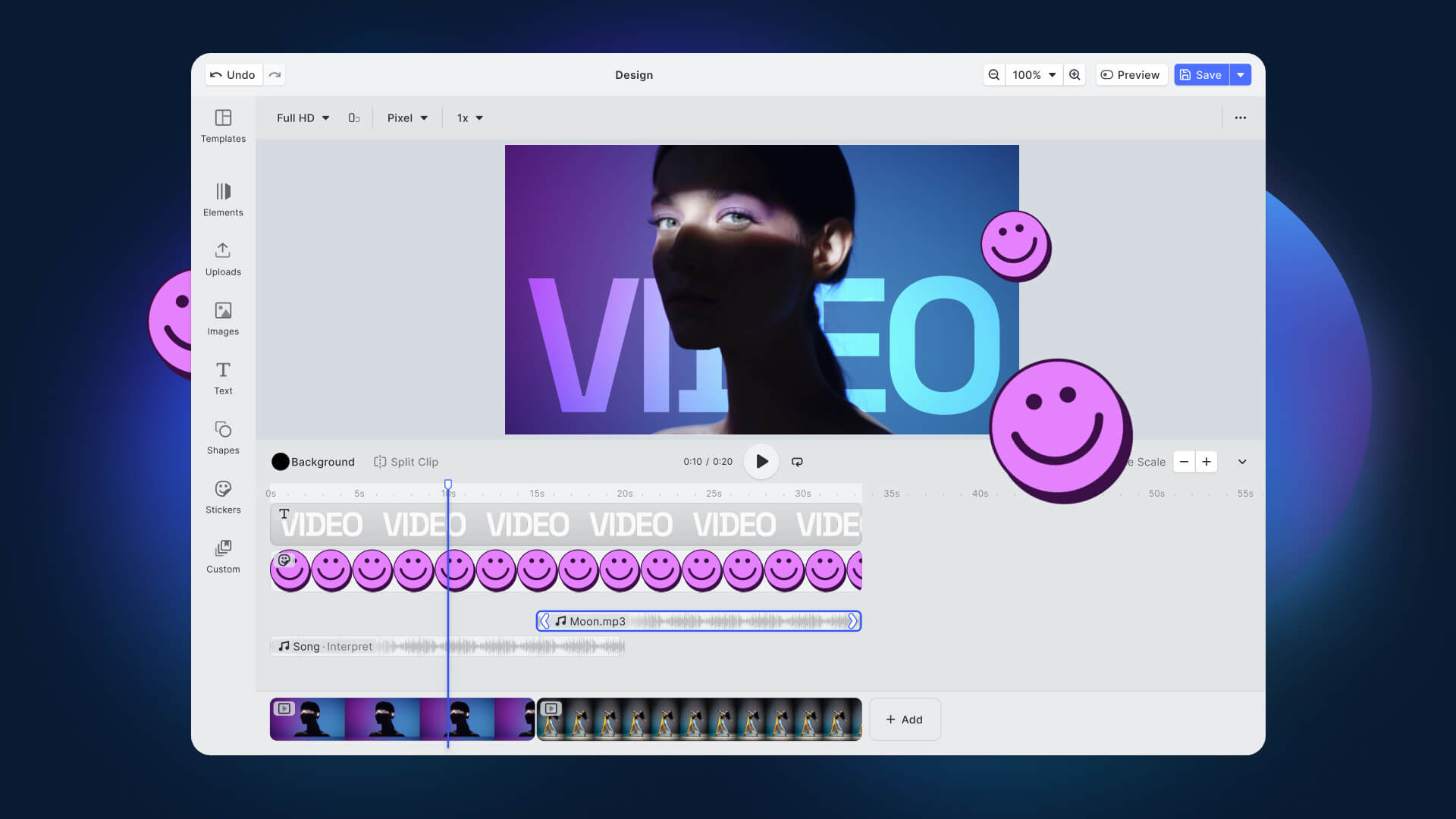When it comes to personalization in print, one name stands out: Richard Askam. With an impressive 17 years of expertise in this dynamic field and a keen awareness of emerging trends, Richard has emerged as a true pioneer in personalization within the print industry.
As the visionary behind the iconic “Share a Coke” campaign and the esteemed host of the FESPA podcast, Richard brings a wealth of invaluable insights. He sheds light on the transformative power that personalization holds in captivating audiences, forging meaningful connections, and delivering unparalleled marketing experiences. Moreover, Richard shares his perspectives on how the print industry can effectively tap into this remarkable potential.
Richard, what is personalization to you, and where do you see the value of personalization?
Personalization to me should be renamed. If we can go back and put the genie back in the bottle, then release it again but call it individualization instead. That is what it means to me, adding value and emotion to the individual. That moment when you stand in front of a loved one or colleague who you have created an individualized gift for and watch their face as they open it—is priceless. This is not limited to gifting but can be used by brands to “personalize” the relationship to a deeper level with their clients by individualizing their approach. Perhaps it is time we re-branded personalization…?
You are one of the trailblazers in the personalization space, leading with the renowned “Share a Coke” campaign. The campaign was a huge success, but it began over ten years ago, and it doesn't seem like we have seen an increase in personalized campaigns, why do you think that is?
When I first started in personalization—just over 17 years ago—it felt as though we were at the start of something. Seven years later in 2013, when Coca-Cola brought me in to work on the online Share a Coke campaign in Europe, it seemed as though personalization was beginning to take off. But now, it appears that personalization has become stuck as the idea of putting a name on something, while the wealth of opportunity to use personalization to engender loyalty and build long-term customer relationships remains largely untapped.

There's a big difference between something that is personalized and something that is personal. Putting someone's name on something is a great conversation starter—that was the whole point of the Share a Coke campaign—but before you do that, you need to think about what comes next. There is no point in starting a conversation and then walking away!
Personalization needs to deliver value. I don't mean return on marketing investment; I mean value for the customer. It should enhance their lives and make them feel recognized and understood because it is this that will engender loyalty and deepen the customer relationship. When it comes to customer loyalty programs, this includes personalizing the reward—or possibly allowing the customer to choose it themselves—according to the customer's preferences, interests, and buying behavior.
Personalized rewards can deploy the 'surprise and delight' marketers seek to make an emotional connection with customers. When you consider that emotionally connected customers have a higher lifetime value, stay with a brand for longer, and advocate for brands more, this alone seems a compelling reason to personalize rewards. And with research showing that consumers want to receive relevant recommendations and are more likely to make repeat purchases from companies that personalize, it is clear that consumers are looking for personalized communications too.
Perhaps this is why it has become a little stuck as in the mind of the brand, they are concerned about people's privacy but at the same time searching for a way of unlocking the relationship. Catch 22… If there is no strategy driving your personalization efforts, then you're just using personalization to be clever. However, while that may be great for brand awareness, it is unlikely to build loyalty. Indeed, this may be one of the factors in some marketers reconsidering their spending on personalization—in 2019, Gartner suggested that by 2025, 80% of marketers who have invested in personalization may abandon their efforts due to a lack of ROI, the challenges of managing data, or some combination of both.
Which market trends are driving the need for personalization?
I don't see this as a market trend, more of a behavior. What was once the luxury of adding personalization to products has become the standard, the normal. So in many ways now it is the consumer driving the need and requirement for more personalized options. As with all societal changes, those that adapt to consumer demand and adopt the behavior that encourages it will triumph while those that wait for the demand to return to something they are more comfortable with –their legacy– will wither on the vine.
Why do you think printers struggle to market their personalization services to brands and agencies?
I think fundamentally printers have sprinted towards technical upgrades and capability but not slowed down to explain what that offers to brands and agencies. They have been left behind and as a consequence, are largely unaware of many of the clever ways that print can be used to further their own ambitions and build a relationship with new consumers in an increasingly noisy world, a world that is getting almost impossible to stand out in. Printers need to behave like an agency, not just a tech business, and bring brands along for the ride.
What are some technological challenges to achieve large-scale adoption of personalization in print?
There are none. Simple. As I said in the previous question, the print industry has grabbed hold of tech and run with it, and their capability to deliver large-scale adoption of personalization in print has been in place for nearly 10 years—but it feels like the best-kept secret and as such, is why personalization is still stuck as largely a labeling option.
There are many points in the customer relationship where personalization can occur, starting with the marketing message, the packaging to the product itself. At which point do you think its use is most effective?
I would say “think like a consumer.” At what point do you appreciate a personal approach, at what point does someone do something over and above the norm really grab your attention and make you lean in? This is different for every one of us, and there is no standard approach, which might explain why brands still take a standard approach to hit the average. But it's time to think about what the individual wants and deliver on that.
We are becoming more and more numb to personalized messaging in the digital sphere, recent advances in AI will only serve to accelerate this trend. Do you think this will present print with an opportunity to stand out or does it raise the bar for personalization across the board?
As I said earlier, what was once considered luxury is now considered standard and as such, noticed less. Perhaps one of the reasons we have not seen the same quantum shift that the Share a Coke campaign delivered 10 years ago is because brands don't want to be seen to be copying others, or they have tried something basic and consumers haven't noticed or reacted to it. Coke moved the dial… given the wide availability of technical knowledge and print capability, it's time the dial got moved again!
Thank you for the insightful interview, Richard. Your invaluable knowledge will undoubtedly inspire and empower others in their pursuit of personalized marketing experiences.
Looking for a solution to scale your personalization efforts? Check how IMG.LY can help with bringing personalization into your application. Stay ahead of the curve with our newsletter and sign up now!

